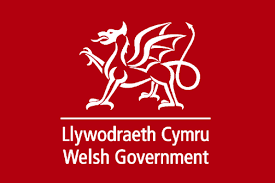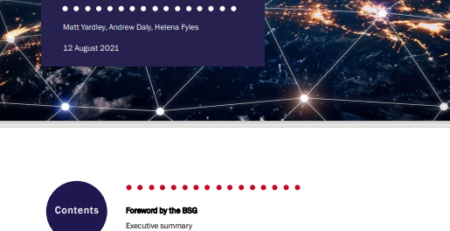European Commission unveils plans to create a European Gigabit Society
The European Commission published yesterday its proposals to achieve its vision for a European Gigabit society with ambitious targets from 5G coverage to access for all European households (rural and urban) to internet speeds of 100Mbit/s by 2025. Legislative and policy proposals include a review of the EU regulatory framework for telecoms, an Action Plan on 5G connectivity and new financial instruments as well as additional public funding for a WiFi voucher scheme that will benefit 6000 to 8000 local communities in the EU by 2020.
Under the current EU Digital Agenda targets (which are non-binding), every home in the EU should have access to a 30Mbit/s+ capable Next Generation Access (NGA) superfast broadband connection (plus 50% subscribed to a 100Mbit/s+ service) by the year 2020. The UK is currently performing relatively well with over 90% of premises currently having access to a NGA connection, and the picture constantly improving thanks to additional private and public sector investment.
The European Commission announced 3 new strategic connectivity objectives for 2025
- All main socio-economic drivers, such as schools, universities, research centres, transport hubs, main providers of public services, and digitally intensive businesses and industries to have access to gigabit connectivity
- All European households, rural or urban, to have access to connectivity offering a download speed of at least 100 Mbit/s, which can be upgraded to Gigabit speed
- All urban areas as well as major roads and railways should have uninterrupted 5G coverage. 5G should be also commercially available in at least one major city in each EU Member State by 2020.
To achieve these targets by 2025, the European Commission proposes to simplify regulatory intervention in order to boost investment in fixed and mobile networks. The review of the EU Regulatory Framework for telecoms was announced in May 2015 as one of the key pillars of the Digital Single Market. Initially composed of several Directives and Regulations, the Commission proposes to combine most into a European Electronic Communications Code covering areas such as regulations on network access, spectrum management, wireless connectivity and universal service rules. The package will be negotiated over the next months by the European Parliament and Council, with a view to reach agreement by the end of 2017.
The proposed Code requires national regulators to map high-capacity network investment intentions and enables public authorities to seek investors in “digital exclusion??? areas. The proposals go as far as empowering regulators to act against operators who deviate from their declared intention in these areas if they deliberately provide misleading information.
With regard to access regulation, the Commission proposes to reinforce and improve the Significant Market Power (SMP) access regime to further promote infrastructure competition and network deployment by alternative operators. National regulators are called to consider access to civil infrastructure (poles, masts, ducts, etc) held by operators with SMP as the first remedy to support competition infrastructure network deployment. Ofcom is already considering this approach as part of its Digital Communications Review and commitment to make it easier for all providers to access Openreach’s ducts and poles.
The proposed Code also sets new predictable regulatory conditions to promote co-investment by rival operators in areas where infrastructure-based competition is not realistic (e.g in rural areas). The Commission also proposes to simplify the regulatory regime for wholesale-only business models.
With regard to radio spectrum, the Commission proposes to coordinate assignment principles and to introduce assignment deadlines and license periods (minimum of 25 years), but does not go as far as proposing full harmonisation of spectrum management (in 2013, proposals were opposed by Member States, reluctant to lose control on what is considered to be a valuable resource, best managed at national level).
The review of the Universal Service Directive is also included as part of the Code. The Commission proposes to widen its scope to include affordable broadband as a universal service which would be defined as a safety-net with a list of online services enabling end-users participation in civil society. Vulnerable social groups are particularly targeted by the proposals with a requirement for Member States to ensure that they have a right to an affordable connectivity contract. For this purpose, the Commission proposes that Member States compensate the net costs of such connections supporting the USO from public funds. The UK debate for the introduction of a broadband USO is ongoing and complex due to the design of the USO and its related funding mechanism. The Commission’s proposals are timely and it will be interesting to see how Government and Ofcom take them under consideration.
Although not strictly moving away from the principle of technology neutrality, the Commission’s proposed funding and actions favour “very high capacity networks??? predominantly referred to as fibre technologies or equivalents. The European Commission’s 2025 targets are ambitious but we believe must be measured against both progress towards existing targets and the potential opportunity cost in the medium and long-term. We believe incentivising sustained investment is crucial and this includes more support towards boosting fibre network deployment, however, support for a wide range of technologies is still essential to achieve good quality universal broadband.





